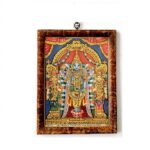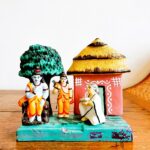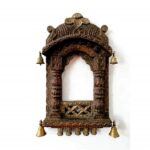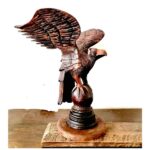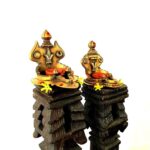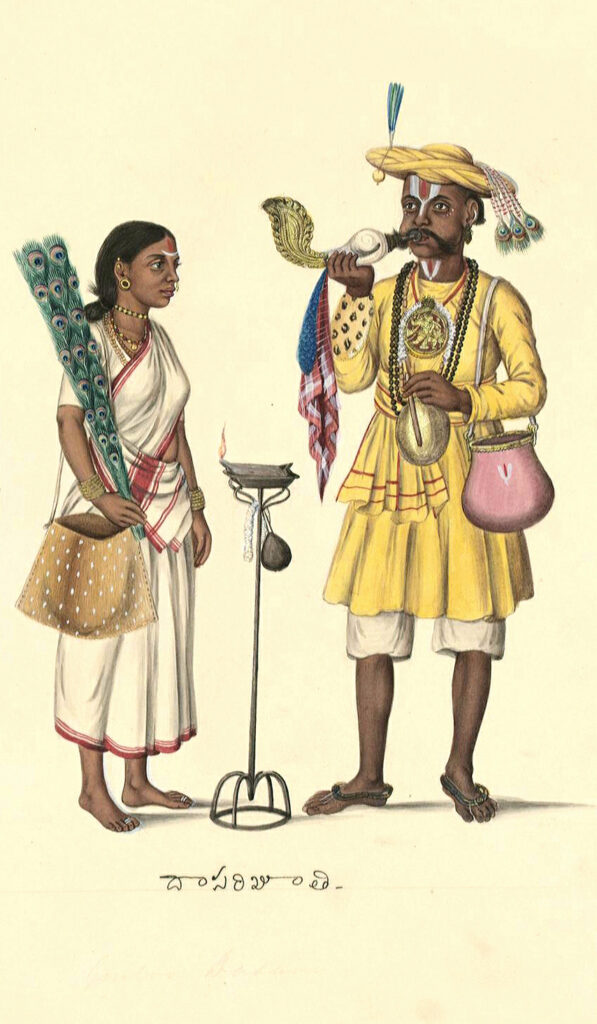
Dasari’s were the mendicants of Vaishnava orientation they do not belong to any particular caste and the story how they end up as Dasari is quiet surprising, lets find out
A family’s head, the one being devoid of an offspring, takes a vow that if he gets blessed with a heir would devote one of his children to the service of the god, if he subsequently gets blessed with many sons, among which he chooses one of whom and he names ‘Dasan’ (Servant of God) dedicating him entirely to Gods service. A Dasan is naturally forfeited all claims to participate in his father’s estate & he gains nothing from his family fortune and left as a wandering mendicant earning his livelihood by begging, subsequently his offsprings become beggars. They are usually seen wandering around, singing hymns, playing a leather percussion instrument called Tappai. All Dasaris are Vaishnavites & admission to the community is obtained by being branded (Mudra affixation) by a Vaishnava guru. They live by begging from door to door, the profession is almost hereditary in some families. The five insignia of a Dasari are the conch shell, which he blows to announce his arrival; the gong which he strikes as he goes his rounds; the tall iron lamp which he keeps lighted as he begs; the brass or copper vessel affixed with Vaishnavite symbols, suspended from his shoulder, in which he receives alms; & the small metal talisman pendant of Hanuman, which hangs around his neck. Of these, the iron lamp is at once the most conspicuous and the most indispensable. It is said to represent Lord Venkateshvara. Dasaris also subsist by doing pooja’s at ceremonial and festival occasions.
.
Reference Source: Excerpts taken from the “Castes and tribes of southern India”
by Edgar Thurston, & K Rangachari
Publication date 1909 Publisher Madras : Government Press
image Source – V&A Museum, England
.

